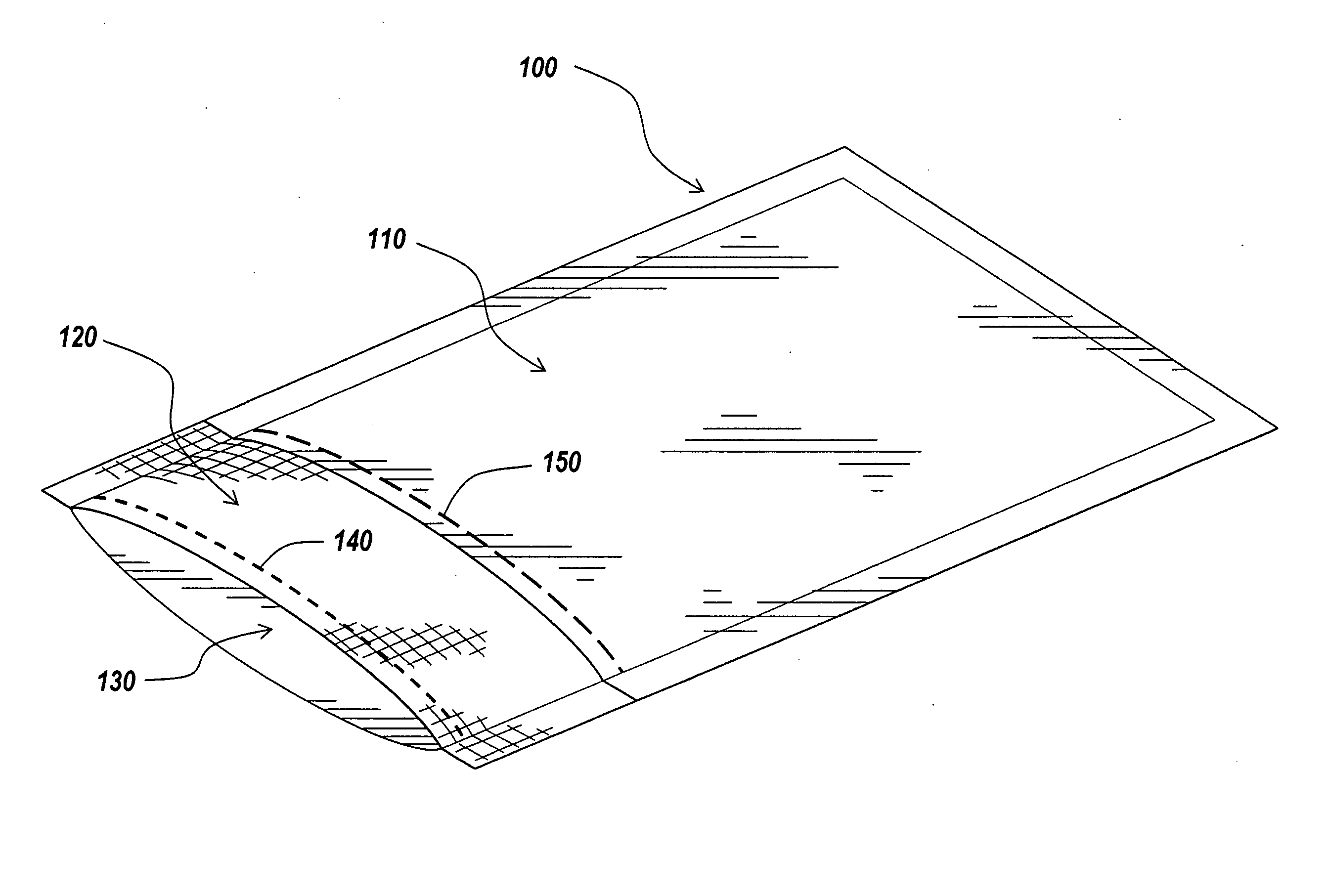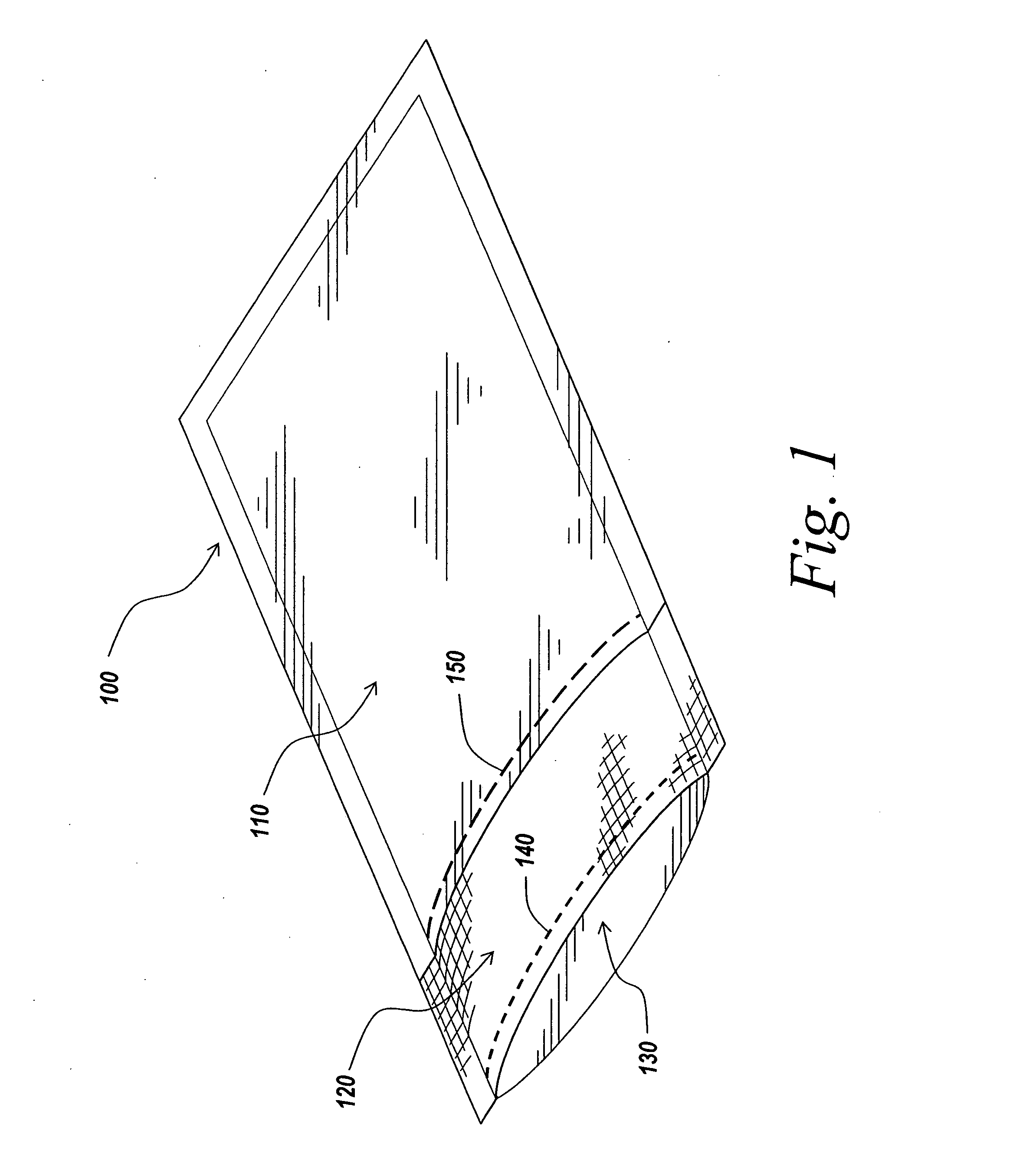Packaging and sterilization of medical devices
a medical device and packaging technology, applied in the field of packaging and sterilizing implantable medical devices, can solve the problems of degradation of sensitive components of medical devices, difficulties in using certain medical devices, etc., and achieve the effects of minimizing the degradation of coatings and/or therapeutic agents, reducing the time of use, and reducing the cost of medical devices
- Summary
- Abstract
- Description
- Claims
- Application Information
AI Technical Summary
Benefits of technology
Problems solved by technology
Method used
Image
Examples
example # 1
[0050] It is known that the chemistry of the coating, predominantly the chemistry of the fish oil, will change over time. These reactions are accelerated in the presence of oxygen, heat and light. The following experiment sought to quantify the effect of different packaging techniques on the aging of the coating. The aging was assessed by FTIR spectroscopy.
[0051] A series of 16-month ambient aged coated balloons (70:30 fish oil:vitamin E) were tested for chemical and physical properties. It was found that UV protection is critical to delaying curing of the coating. In this initial experiment, vacuum sealing was slightly better than simply shielding from light or sealing in a foil pouch without Vacuum. It was also found that purging the sample with argon was the best method tested and was superior to purging with nitrogen. The experimental conditions were as follows:
[0052] 1) Left in Tyvek® and not shielded from light
[0053] 2) Left in Tyvek® and shielded from light
[0054] 3) Vacuu...
example # 2
[0065] Exposure to oxygen has been shown to be detrimental to fish oil coating stability and potentially to drug stability, depending on the drug. An example procedure described below measures the residual oxygen in conventional vacuum-sealed packages, in argon-flushed conventional vacuum sealed packages, and in vacuum chamber sealed packages, comparatively. Three pouches containing catheters were sealed by each of the three methods.
[0066] Sample “A” is made with a conventional vacuum seal process. Sample “B” is the vacuum then purge with argon process on a conventional vacuum sealer. Sample “C” is the vacuum-chamber sealed packages. Packages from conditions A, B, and C were measured for residual oxygen content with a PBI Dansensor Checkmate. The results are illustrated in Table 2.
TABLE 2Sample #ConditionsResidual OxygenAStd. vacuum seal package using6-10%conventional vacuum sealerBFlush std. package with heavy argon purge 5.2%and seal with conventional vacuum sealerCVacuum chamb...
example # 3
EXAMPLE #3
[0068] The data in Table 3 show the effects of cold and conventional ETO sterilization on various fish oil / vitamin E formulations when compared to non-sterile controls (500). Conventional ETO sterilization is typically performed at above about 41° C., while cold ETO sterilization may be performed at between about 20-40° C. In general, the FTIR data showed that although cold ETO sterilization (520) does affect the fish oil component of the coating, it is to a much lesser degree than conventional ETO sterilization (510). This is easily illustrated in the FTIR data in FIG. 5 which shows that conventional ETO (510) causes greater oxidation of the fish oil as indicated by increased OH (540), carbonyl (550), and trans C═C (570) band absorptions while decreasing cis C═C (530) band absorption. Cold ETO (520) causes little changes in these absorption bands when compared to normal ETO (510). Also, in general, both data sets support previous observations where an increase in the amou...
PUM
| Property | Measurement | Unit |
|---|---|---|
| temperature | aaaaa | aaaaa |
| temperature | aaaaa | aaaaa |
| temperature | aaaaa | aaaaa |
Abstract
Description
Claims
Application Information
 Login to View More
Login to View More - R&D
- Intellectual Property
- Life Sciences
- Materials
- Tech Scout
- Unparalleled Data Quality
- Higher Quality Content
- 60% Fewer Hallucinations
Browse by: Latest US Patents, China's latest patents, Technical Efficacy Thesaurus, Application Domain, Technology Topic, Popular Technical Reports.
© 2025 PatSnap. All rights reserved.Legal|Privacy policy|Modern Slavery Act Transparency Statement|Sitemap|About US| Contact US: help@patsnap.com



